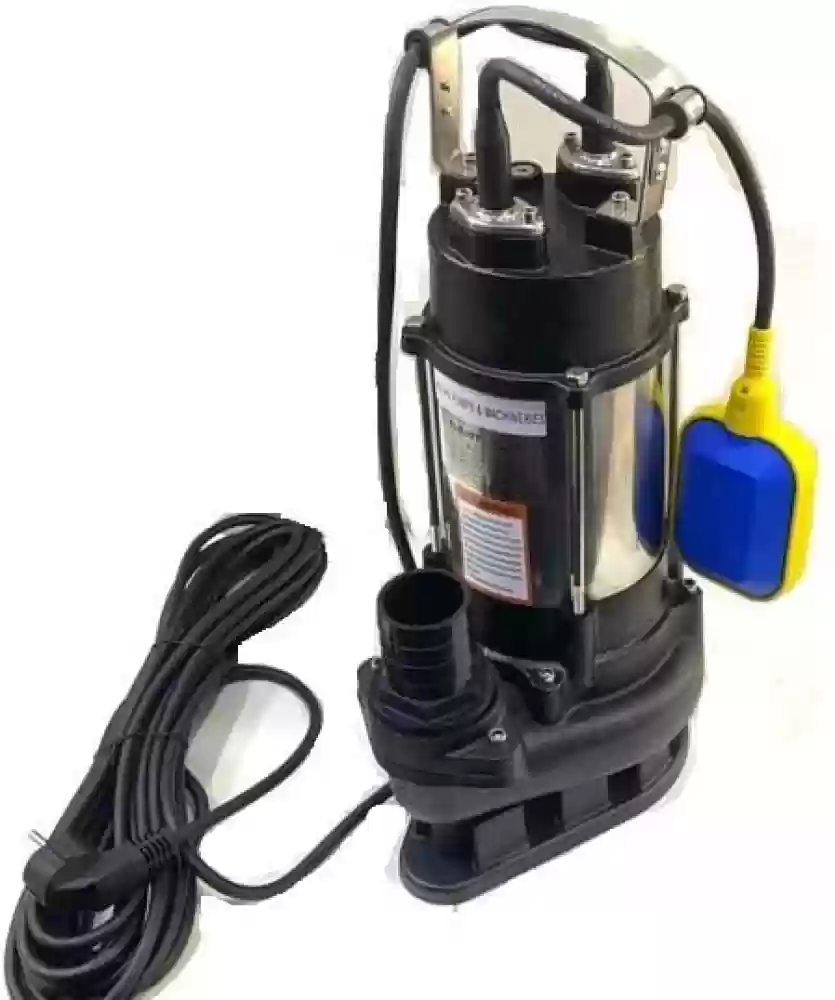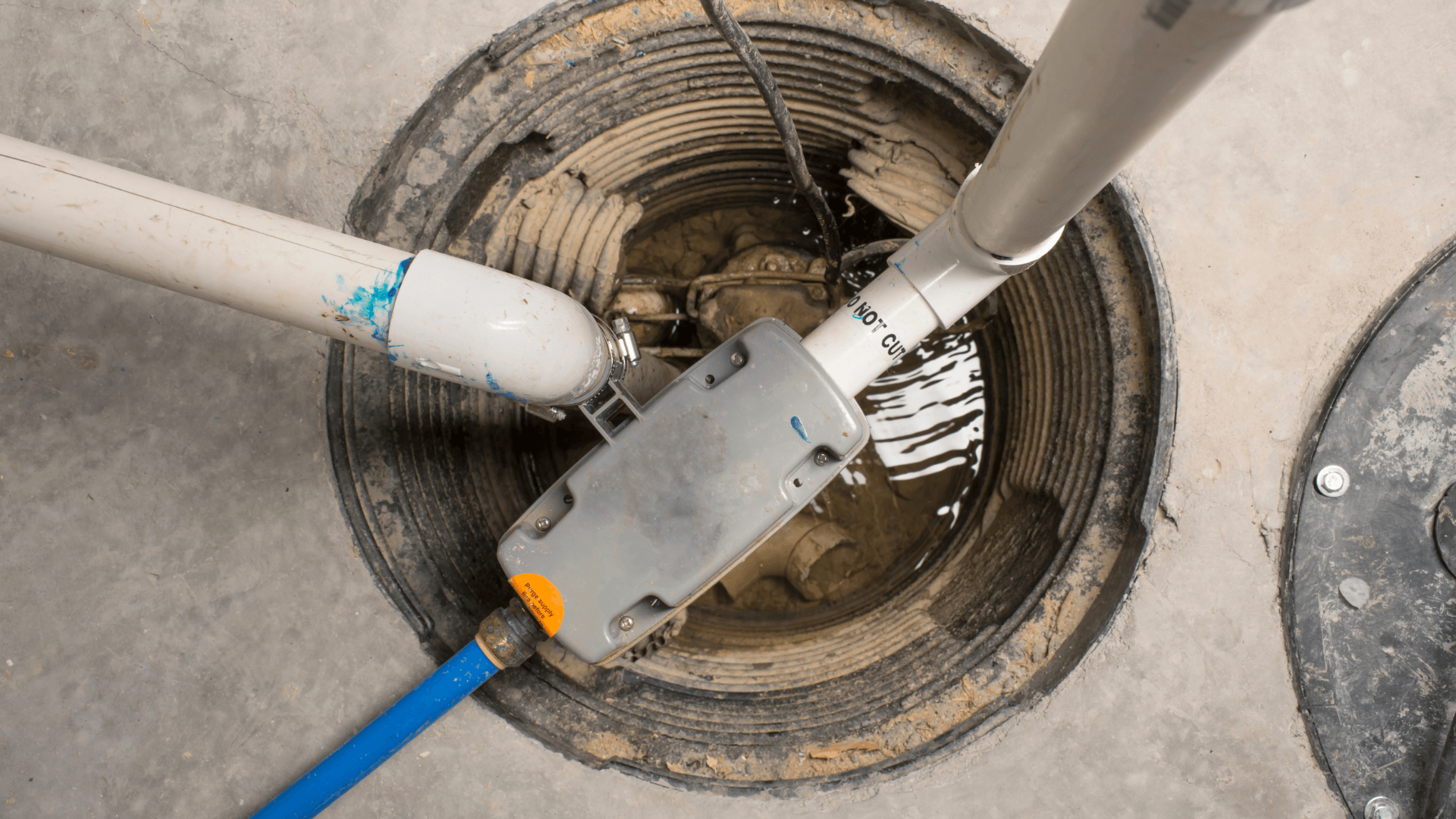The Comprehensive Guide to Caring for a Sump Pump
About ThisWhat are your concepts on Steps to Cleaning Your Sump Pump Properly?

Sump pumps are crucial components in many homes, especially in locations susceptible to flooding or extreme moisture. They help avoid water damages by successfully removing excess water from cellars or crawl spaces. However, like any other device, sump pumps call for regular upkeep to ensure they function efficiently when required the most. Cleaning your sump pump is an essential part of its maintenance, and comprehending how to do it effectively can conserve you from costly repairs and prospective catastrophes.
Intro
Preserving a tidy sump pump is important for its appropriate functioning and durability. Disregarding this vital task can cause obstructions, malfunctions, and eventually, water damage to your property. Consequently, learning just how to cleanse a sump pump is essential for house owners who depend on these gadgets to keep their basements completely dry and safeguarded.
Recognizing the Sump Pump
Prior to diving right into the cleaning procedure, it's important to have a fundamental understanding of just how a sump pump works. Usually installed in a pit or container listed below the cellar floor, a sump pump consists of numerous crucial parts, including a pump, a float button, and a discharge pipeline. When water gathers in the pit, the float switch turns on the pump, which after that pumps the water out with the discharge pipe, away from the building's structure.
Indications of a Dirty Sump Pump
Recognizing when your sump pump requires cleansing is critical for preventing prospective breakdowns. Some typical signs that show an unclean sump pump consist of strange noises during procedure, decreased water flow, and visible debris in the pit. If you see any of these symptoms, it's necessary to clean your sump pump promptly to stay clear of any kind of more issues.
Planning for Cleansing
Before you start cleaning your sump pump, it's essential to take some safety and security precautions. Beginning by shutting down the power to the pump to stay clear of any type of electric crashes. In addition, put on appropriate protective equipment, such as handwear covers and goggles, to safeguard yourself from dust, debris, and prospective virus.
Detailed Guide to Cleaning a Sump Pump
Shutting down the Power
Begin by detaching the power supply to the sump pump to avoid any type of accidents while cleaning.
Getting Rid Of Debris and Dirt
Use a pail or a scoop to remove any type of visible debris, dirt, or debris from the sump pit. Dispose of the debris effectively to prevent it from obstructing the pump or the discharge pipeline.
Cleaning up the Pump and Drift Switch Over
When the pit is free from debris, meticulously remove the pump from the pit. Evaluate the pump and the float button for any type of signs of damage or wear. Make use of a soft brush or cloth to clean up the surfaces and get rid of any kind of built up grime.
Flushing the System
After cleaning the pump and float button, flush the sump pit with tidy water to get rid of any type of staying dust or sediment. This will aid guarantee that the pump runs smoothly and successfully.
Looking For Proper Functioning
Before reinstalling the pump, carry out a fast test to make sure that the float button turns on the pump correctly. Put some water right into the sump pit and observe the pump's operation. If whatever is functioning correctly, you can reconstruct the pump and reconnect the power supply.
Upkeep Tips to Keep Your Sump Pump Clean
In addition to routine cleansing, there are numerous upkeep tips you can follow to maintain your sump pump in ideal problem:
Final thought
Cleaning your sump pump is a critical element of its upkeep and ensures that it runs efficiently when you require it one of the most. By following the actions laid out in this overview and integrating regular maintenance right into your regimen, you can prolong the life-span of your sump pump and protect your home from water damages.
6 STEPS ON HOW TO CLEAN A SUMP PUMP PROPERLY
UNDERSTANDING SUMP PUMPS
Your sump pump plays a crucial role in protecting your home by managing and removing excess water. It primarily functions as a “shield”, guarding your basement against the damaging effects of water accumulation. The pump is housed in a sump pit in the lowest part of your basement, and its job is to pump out any water that collects there.
During heavy rainfalls or when snow melts rapidly, water can infiltrate your basement, posing potential risks like flooding, structural damage, and harmful mold growth. Here, the sump pump springs into action, pumping out the intruding water and directing it away from your home.
SAFETY FIRST
Before cleaning, remember to prioritize safety. Disconnect the sump pump from the power source to prevent any accidental electric shocks. Also, wear sturdy gloves to protect your hands from any sharp or dirty components within the pump.
REMOVE THE SUMP PUMP
After ensuring your safety, the next step is to remove the sump pump from its pit. Doing this might require careful maneuvering as you don’t want to damage any pump components. Once removed, clean the sump pit to remove any accumulated debris or sludge.
INSPECT THE PUMP
Inspect the pump for any visible signs of wear or damage. Check the power cord, float switch, and impeller housing. If any components look worn out or damaged, consider replacing them to ensure optimal performance.
CLEAN THE PUMP
Thoroughly clean the pump with warm, soapy water. Make sure to rid it of any dirt, gravel, or other debris that might impede its performance. You can use a toothbrush to clean the small, hard-to-reach parts of the pump.
REINSTALL THE SUMP PUMP
Reinstall the pump into the sump pit Make sure it’s positioned correctly to remove the water effectively Once it’s back in place, reconnect it to the power source TEST THE PUMP
Finally, pour some water into the pit to ensure the pump works correctly. It should start automatically and begin pumping out the water; if it doesn’t, check the power source and the positioning of the pump.
Remember, while cleaning your sump pump is an essential part of home maintenance, hiring a professional plumber for a thorough inspection and cleaning at least once a year is also important. This will ensure that your pump is in optimal condition, ready to protect your home from potential water damage.
BEST PRACTICES FOR CLEANING SUMP PUMP DISCHARGE PIPES
Regular Inspection: Regularly inspect your discharge pipes, especially during heavy rainfall or snowmelt periods. Look for any signs of blockage or damage. Early detection of problems can prevent serious issues down the line. Periodic Cleaning: Over time, sediment and debris can accumulate in the discharge pipes, impeding the flow of water. Regular cleaning helps keep the pipes clear and functioning efficiently. You can use a high-pressure water jet to effectively clean the pipes. Insulation During Winter: In colder climates, discharge pipes can freeze, blocking the outflow of water. Protect your discharge pipes from freezing temperatures by insulating them with foam pipe insulation. This will ensure the sump pump can continue to discharge water even in freezing conditions. Proper Positioning: The discharge pipe should be positioned to direct water away from your home’s foundation. Improper positioning can lead to water seeping back into the basement. Ensure the pipe is long enough and angled correctly. Installation of a Check Valve: A check valve prevents water from flowing back into your sump pit after the pump has pushed it out. Installing a check valve helps maintain the efficiency of your sump pump and reduces the risk of flooding. Minimize Pipe Turns: Every curve or turn in the discharge pipe can decrease the efficiency of water flow. By minimizing turns and bends in your discharge pipe, you can increase the efficiency of your sump pump. https://www.fullspeedplumbing.com/how-to-clean-a-sump-pump-properly9999/

I recently found that content on Cleaning & Maintenance Tips for Your Home's Sump Pump when doing a lookup on the web. Do you know about someone else who is intrigued by Keep Your Sump Pump Clean, It'll Keep You Dry? Feel free to share it. Thanks a lot for your time. Come back soon.
Book Now!